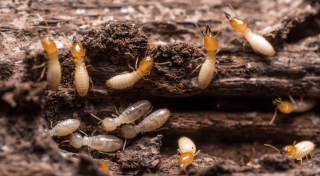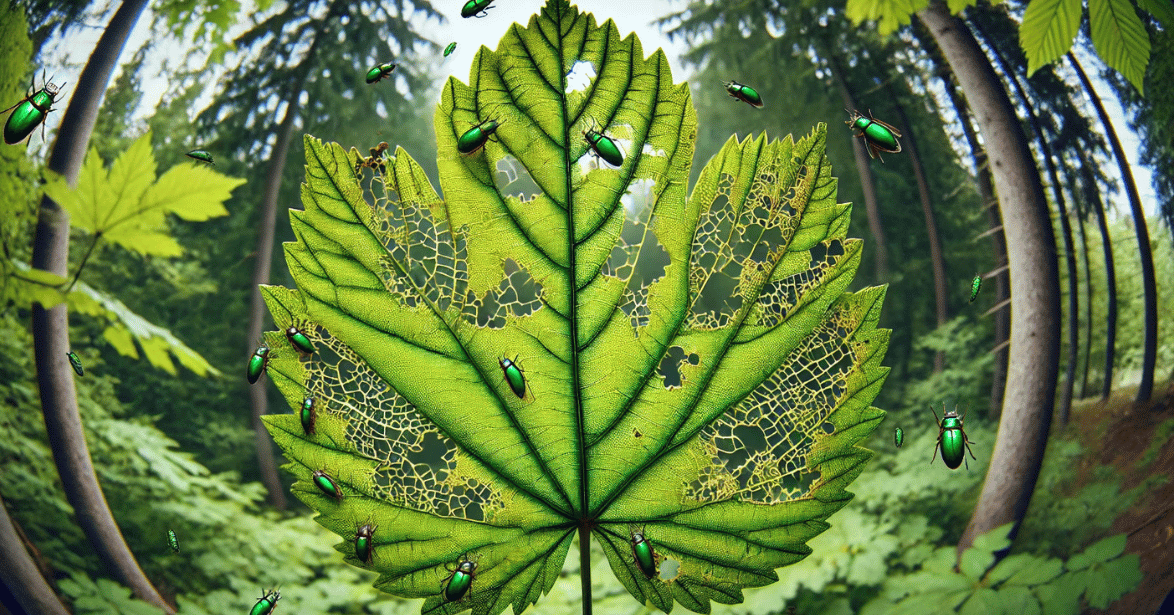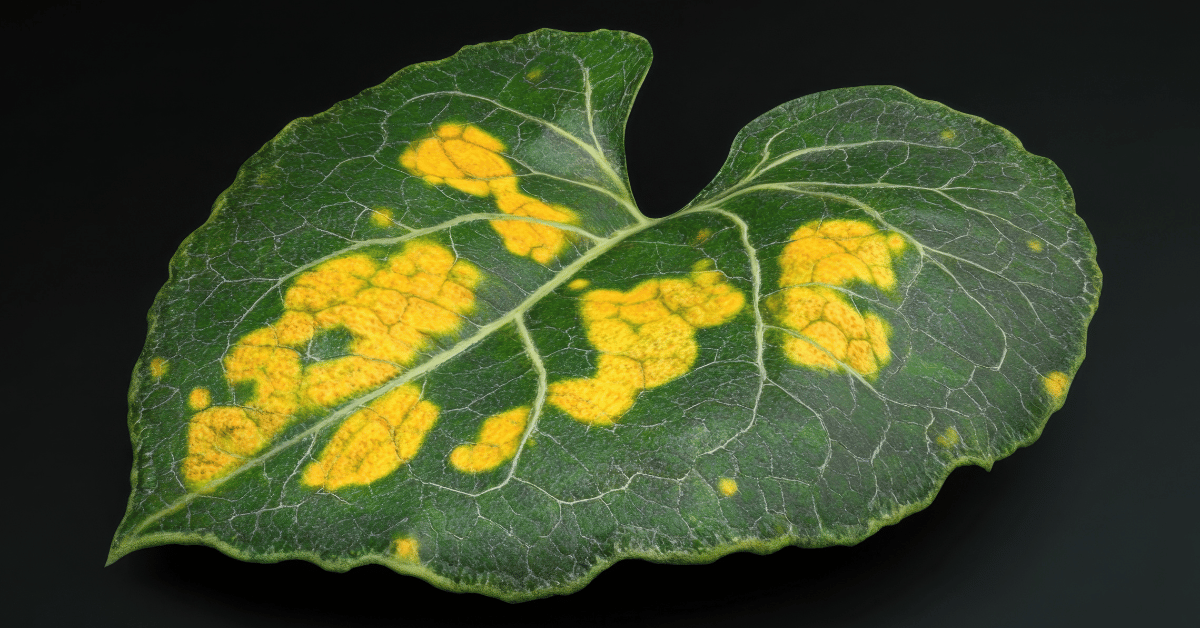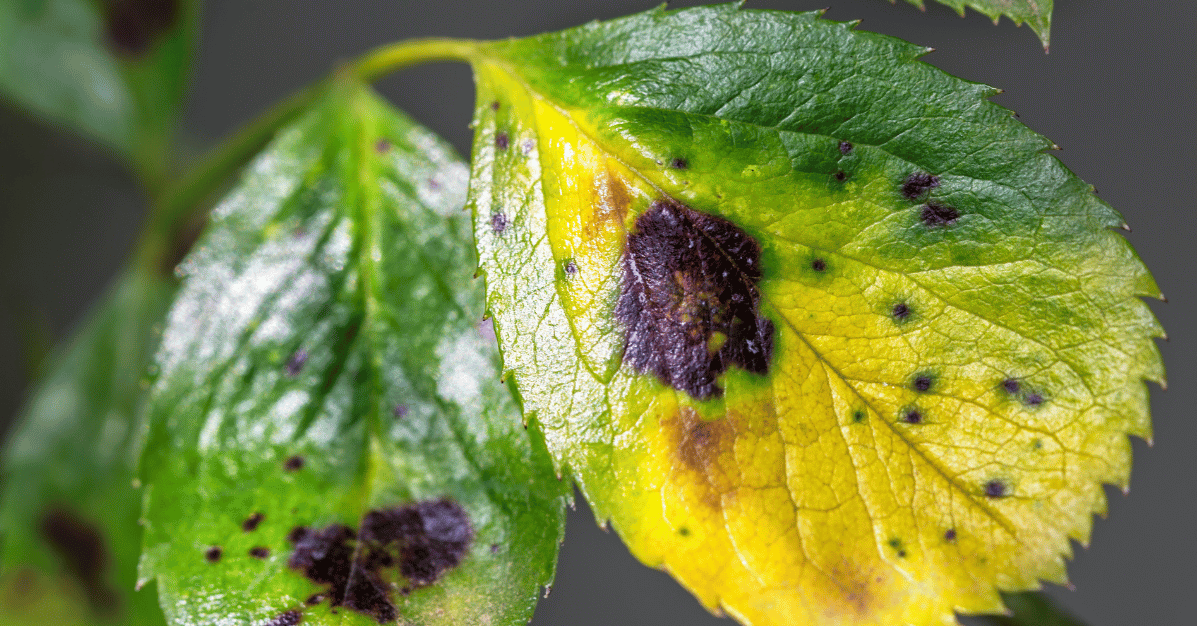Termites are known for their relentless appetite for wood; when they set their sights on your trees, it can be a cause for concern. Trees provide numerous benefits, including shade, beauty, and environmental advantages, so preserving them is essential. In this article, we will explore the signs of termites in trees, whether it's possible to save a tree with termite damage, and how to prevent termite damage naturally.
Understanding Termite Damage to Trees
Termites are notorious for their ability to consume wood relentlessly. While they mainly infest and damage wooden structures, they can also target trees. The two primary types of termites responsible for tree damage are subterranean and drywood termites.
Subterranean Termites: These termites live underground and create mud tunnels to access their food source. In trees, they often start at the roots and work their way up. Subterranean termites are more likely to target trees that have contact with soil.
Drywood Termites: Drywood termites, as the name suggests, do not need direct contact with the ground. They tunnel into the tree's wood, and their damage is typically concentrated in localized areas.
Signs of Termites in Trees
Termites can be a silent threat to your trees. They often operate under the radar until the damage is extensive. To protect your trees, it's vital to recognize the signs of termite infestation:
1. Hollow or Brittle Wood
If you suspect termites, gently tap the tree trunk. A hollow or brittle sound can be a sign of internal termite damage. Termites feed on the inner wood, leaving only a thin outer layer intact.
2. Mud Tubes
Termites often create mud tubes along the tree's trunk. These tubes serve as protective passageways for the termites to travel from their nests to the tree. Finding these tubes is a strong indicator of termite presence.
3. Sawdust-Like Frass
Termites create small, pellet-like droppings known as frass. If you notice an accumulation of frass around the base of your tree, it's a sign of infestation.
4. Visible Swarms
During certain times of the year, termites may swarm. If you see winged termites near your tree, it indicates an active infestation.
5. Weakened Foliage
Termites disrupt the tree's vascular system, limiting the flow of water and nutrients. As a result, the tree may display wilted or discolored leaves and reduced growth.
Treatment and Remediation
If you're considering saving a tree with termite damage, here are some steps that can help:
- Consult a Professional: Contact a certified arborist or tree service like Strobert Tree Services. They can assess the tree's health and the extent of the termite damage.
- Insecticide Treatment: If the arborist determines the tree can be saved, they may recommend applying insecticides to eradicate the termites. This treatment may need to be repeated over time.
- Pruning and Trimming: Some damaged branches may need to be pruned to reduce the stress on the tree. Proper pruning can help the tree recover more effectively.
- Fertilization and Maintenance: Fertilizing the tree can help boost its overall health and resilience. Regular monitoring and maintenance are essential to ensure the tree's recovery.
- Prevent Reinfestation: To prevent future termite infestations, address any underlying issues like excessive moisture near the tree, which termites are attracted to.
Remember that the success of saving a termite-infested tree is not guaranteed and depends on various factors. Sometimes, the tree may ultimately need to be removed for safety reasons.
Preventing Termite Damage to Trees
Prevention is often more effective and less costly than dealing with an infestation. Here are some steps you can take to prevent termites from targeting your trees:
- Maintain Tree Health: Healthy trees are less susceptible to infestations. Provide proper care, including watering, pruning, and fertilizing as needed.
- Remove Dead Wood: Dead or decaying wood can attract termites. Regularly remove dead branches or tree stumps from your property.
- Avoid Soil Contact: Avoid allowing the tree's roots or lower trunk to come into direct contact with soil. Termites often enter trees through root contact.
- Professional Inspections: Periodically have your trees inspected by a certified arborist or tree service. They can detect early signs of damage and recommend appropriate action.
Contact Strobert Tree Services - Leaders in Tree Care
If you suspect termite damage to your trees or need professional advice on tree care, contact Strobert Tree Services. With a commitment to tree health and well-being, their expert arborists can assess your trees, recommend the best course of action, and provide the necessary treatments to protect and preserve your valuable trees. Strobert Tree Services serves Delaware, Pennsylvania, Maryland, and New Jersey, making them your trusted partner in tree care and termite prevention.
Termite damage to trees is a serious concern. Still, with vigilance, timely action, and preventive measures, you can protect your trees from these destructive pests. Whether it's recognizing the signs of termite infestation, assessing the potential for tree recovery, or implementing natural preventive strategies, your efforts are crucial in maintaining the health and vitality of your trees. For professional tree care and guidance, don't hesitate to reach out to Strobert Tree Services, your leaders in tree care across multiple states.











